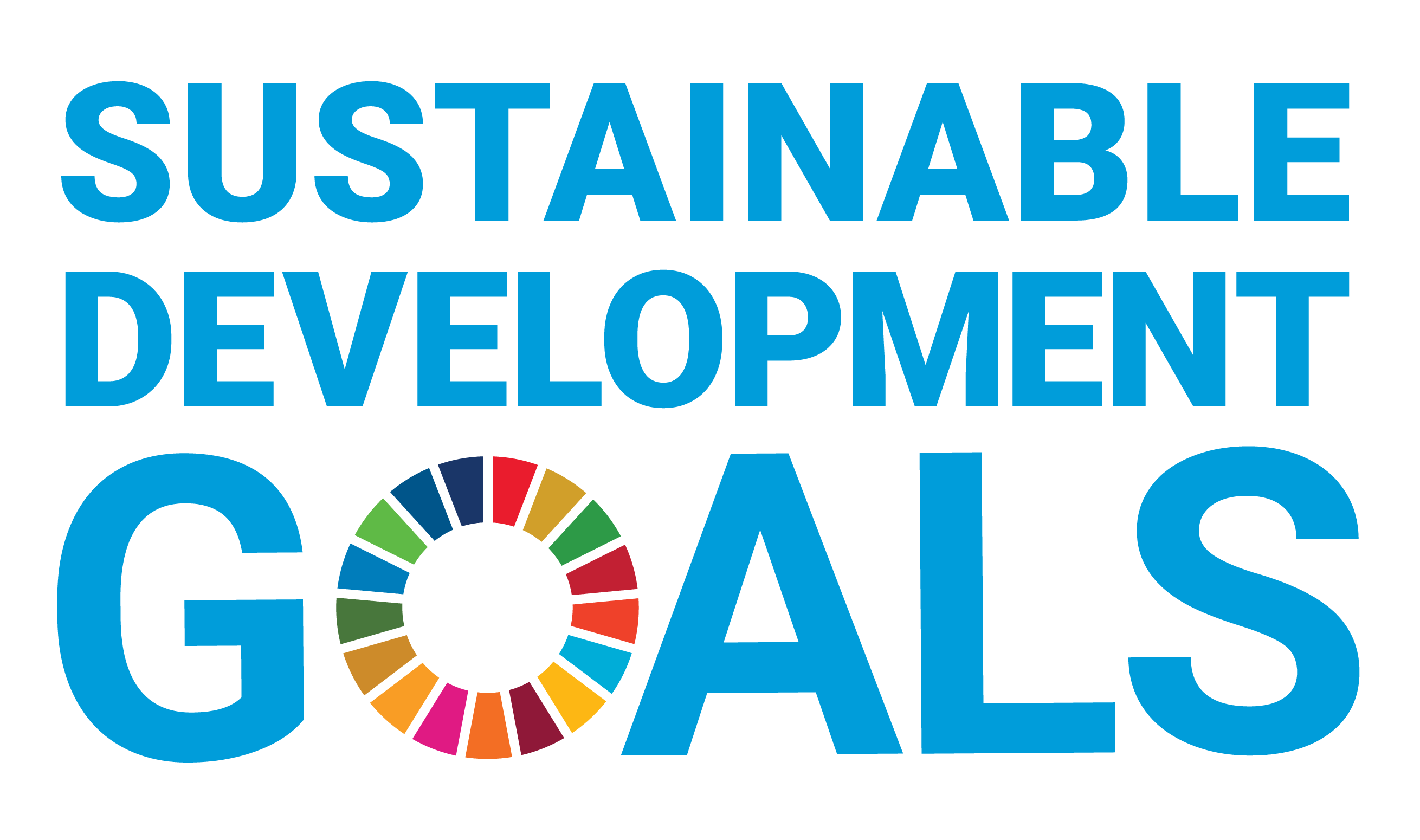Document Type
Article
Publication Date
2022
Abstract
Food waste has emerged as one of the focus areas in sustainability research. At the Ateneo de Manila University, previous studies have found that food waste is composed mainly of rice. This study, therefore, analyzed cafeteria rice systems in the university through a material flow analysis (MFA) to identify key factors for formulating effective rice waste reduction techniques and then applied the results toward developing system dynamics (SD) models as tools for decision-making. The MFA found that the total mass of produced known rice waste was 49.48 kg/d. The largest sources of rice wastes were the upstream processes of the cafeteria rice system involving the cooking and serving of rice. The SD model developed for one cafeteria found that the service stage was the largest source of rice waste. The main factor influencing service waste generation was the surplus of cooked rice. A scenario was simulated in which the amount of rice used in additional batches cooked was minimized, yielding a substantial decrease in the mass of service waste and lost revenue. Not only does this research provide baseline information that enables the university to enhance sustainable consumption and food waste minimization efforts, but it also contributes to the data pool for rice wastage in the Philippine and Southeast Asian contexts. Furthermore, results indicate a need to re-strategize rice waste campaigns that focus on consumption when much can be done in the preparation and service stages. Collaborating with cafeteria management to improve efficiency in the kitchen is key in addressing the overall rice waste problem. Downstream, consumer-focused interventions targeting changes in attitudes and behaviors must be complemented by upstream changes in operations and management approaches to support both a structural and cultural transformation for sustainability.
Recommended Citation
Favis, A.M., Gotangco-Gonzales, C.K., & Lareza, A.E. (2022). Addressing Rice Waste in University Cafeterias Using Material Flow Analysis and System Dynamics Modeling. Philippine Journal of Science, 151(3), 1027-1047. https://doi.org/10.56899/151.03.20



